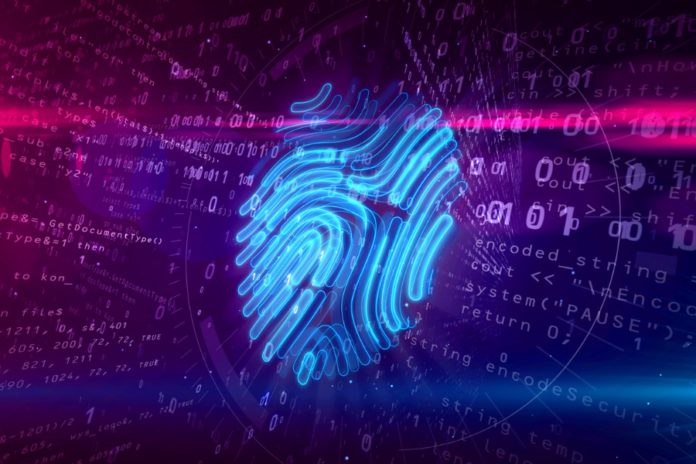
By Eric Ly
CEO, KarmaCheck
Recently, LinkedIn announced new features that allow users to verify their identity and current employer. I applaud the move.
Though it may not be immediately apparent to most users, LinkedIn has long struggled with fake profiles. As with other social media platforms that have become indispensable in our daily (professional) lives, there’s been a recent increase in fake accounts on the platform, with a 28% rise in false information.
In a sign that these problems are not limited to LinkedIn, the government of Vietnam has more recently introduced a law to require identity verification for all social media accounts, even if some accounts may remain anonymous. Such heavy-handed government regulation may seem draconian for a generation that grew up with full online anonymity, but Vietnam’s decision is illustrative of the stakes at play.
The Downside of AI
Recent advances in AI mean that identities can be faked to a degree like never before. While fake accounts have been easily creatable by scammers, generative AI has already become so powerful that a photo associated with an account can be artificially generated to look like someone familiar. Increasingly popular AI technology like ChatGPT can concoct significant portions of a professional profile to include realistic sounding employment histories, education, skills and certifications in a matter of seconds, then apply variations hundreds and thousands of times. Not only can entire fictitious identities invade the platform, real accounts can be enhanced with convincing exaggerations.
The consequences for the platform’s users and customers will soon become devastating. For members of LinkedIn, fake profiles could quickly make it difficult to separate fact from fiction. Much like other social platforms that have uncontrollably spread fake news resulting in harmful consequences to society, LinkedIn could become a cesspool of untruths about members’ and businesses’ reputations shared by fictitious accounts.
For those LinkedIn paying customers who are employers, consider the time and energy wasted by recruiters when they court unreliable and fake candidates clogging up in their applicant tracking systems. Targeted advertising will become less effective as audience demographics are thrown off by artificial profiles designed by fraudsters with exploitative intent.
‘The Bedrock of Trust’
Professional relationships are built on the bedrock of “trust.” Trust is essential for any platform that purports to support professionals. In the age of generative AI, employers need to be more careful than ever to have information verified wherever possible. The future internet – not only LinkedIn – will need a layer of verification baked into its structure to preserve trust online.
Identity verification can help prevent fraud and ensure the candidate is who they claim to be. However, for LinkedIn to maintain trust on the platform, more about an individual’s history – including past employment, educational background and professional credentials – need to be verified. Employers hire for people’s experience and skills, not necessarily because of someone’s current company. Only confirming a candidate’s current employer leaves the possibility that the rest of their history has been falsified.
LinkedIn needs to provide employers with the confidence to make informed decisions on candidates as early in the talent acquisition process as possible. Background checks – if they are done at all – don’t occur until around the time an offer is made. This traditional way of doing background checks is often too late. Interviewing candidates is costly, and fake profiles ultimately erode trust in the platform.
While LinkedIn’s identity verification program represents a step in the right direction, in an ideal world candidates would have their entire profile verified in advance. Only then would employers have a truthful view of every candidate even before they engage. A candidate with a verified profile would stand out from unverified potential frauds. Verified profiles could be continuously updated as members evolve their professional careers.m Only then will LinkedIn enhance its trustworthiness among members and customers who will continue to spend for services on the platform.
Increasing Confidence
With identity verifiably established, employers can have confidence that a thorough background check will accurately reflect a candidate’s past employment history, legal issues, credit history for sensitive roles and credentials for those positions that require them. Identity verification can also help protect businesses from potential legal issues.
Employers carry responsibility for their employees’ actions, and if the person hired engages in illegal activities, the company could face repercussions. Identity verification and background checks can prevent such potential legal problems and offer protection under the auspices of due diligence.
Finally, identity verification can help ensure that businesses hire qualified candidates. Verification of a candidate’s identity and a background check ensure that the candidate has the skills and experience required to perform the job successfully. This can prevent problems such as high employee turnover, poor job performance and other issues that can adversely affect the business.
It helps prevent fraud, ensures that candidates are who they claim to be, instills confidence in employers making hiring decisions, protects businesses from potential legal issues and ensures they hire qualified candidates. Given the growing concerns about identity theft and fraud, employers must take necessary steps to protect their businesses and hire the right people.
LinkedIn’s identity verification program represents a step in the right direction.
Eric Ly is the founder and CEO of KarmaCheck, which uses data-driven technology to bring truth, speed and efficiency to background checks. Ly is the cofounder of LinkedIn, where he served as chief technology officer. He earned his bachelor of science in symbolic systems from Stanford University, a master of science in media arts and sciences from MIT, and a Ph.D. in computer science, again from Stanford.













